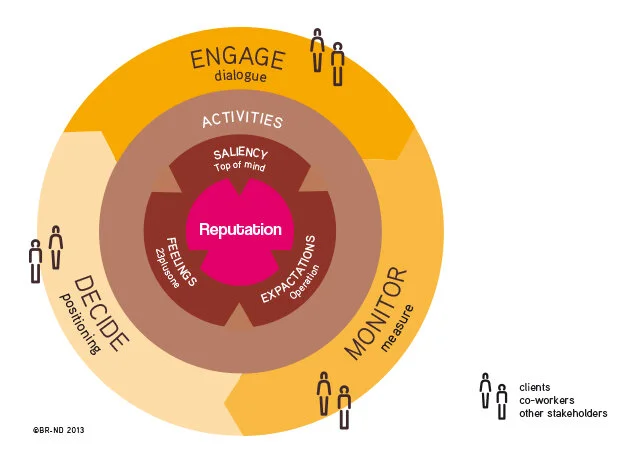Elevate your brand strategy for more growth of impact.
A process of meaningful growth and transformation.
Culture based branding results from a strategy that is clear and appealing to everyone.
Such brands make clear choices in what they stand for and what they do. Brand culture strategy makes clear what the goals are and how they will be realized. How to develop such a goal and content of the brand culture strategy? A meaningful brand culture has an appealing narrative for people, inside and outside the organisation. Such organisations implement a brand strategy that is supported and translated into behavior and activities of the entire organisation.
What makes a good branding strategy?
A brand culture strategy gives direction to all activities that a company undertakes to make as much positive impact as possible. The clearer that strategy is for as many people as possible, inside and outside your organisation, the faster your brand will be salient and appealing. If all goes well, everything your organisation does is influenced by the branding strategy. From product development to recruitment, from communication to distribution, from being a good employer to customer contact, it is all driven by brand culture.
The challenge is to ensure that the branding strategy is not only known and embraced by the marketing people of your company. Brand culture is for the entire organisation and even for all kinds of stakeholders outside your own organisation. Nowadays, branding is no longer just about brand positioning, slogan or advertising concept. Today it is much more a social process that concerns the common goals, beliefs, principles, behavior and rituals. To make impact with as many people as possible.
Branding strategy from the inside out.
Brand strategy was in the old days primarily focused on generating preference among customers. Nowadays, developing brand strategy is a process that involves employees, suppliers, investors, etc. Because it is human behaviour that gives brand perception concrete substance. A purpose-driven brand culture is therefore nowadays more important than ever.
Difference between brand strategy and positioning?
Branding strategy and positioning are often used interchangeably. It has a lot to do with each other. Brand positioning is a term that is often used in the advertising industry. It usually means a short, typical verbal brand description, in which the differentiation with competing brands becomes clear. Brand positioning often originates from a special element of a much richer brand story. With repositioning, another part of the brand story is being magnified. (Re)positioning is therefore part of the branding strategy. All steps you take as an organisation to become an attractive and meaningful brand are defined in the branding strategy.
In the current time with a lot of media fragmentation, less importance is attached to positioning and more to other parts of the branding strategy. Think of your culture, customer contact, product innovation, distribution, and the stories that are shared about the brand. All touchpoints now influence and define your brand.
Interested in emotive branding with 23plusone?
Read more on Admap by WARC
Overview of process and content of branding strategy, read more



